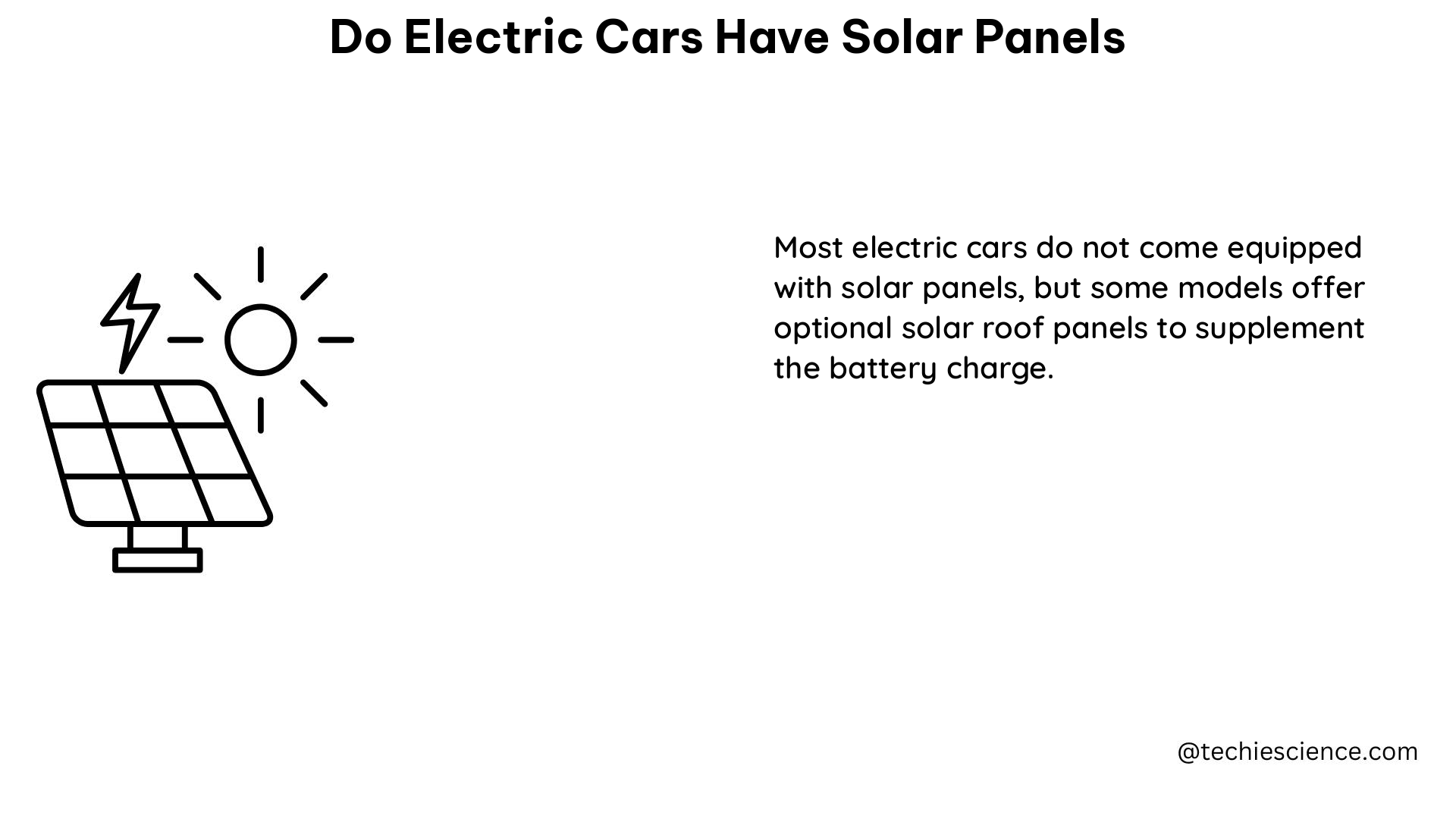Electric cars are becoming increasingly popular as a sustainable transportation option, and one of the key features that many people are curious about is the integration of solar panels. While electric cars do have solar panels, the extent to which they can power the entire vehicle is limited by the size and efficiency of the solar technology currently available.
The Power Generation Potential of Solar Panels on Electric Cars
The amount of power that can be generated by solar panels on an electric car is primarily determined by the size of the car’s roof. Typically, the roof area of an electric car ranges from 10 to 25 square feet. A 10 square foot solar panel can produce approximately 50 watts of power in direct sunlight, which is equivalent to the power output of a single light bulb.
| Roof Area | Power Generation |
|---|---|
| 10 square feet | 50 watts |
| 15 square feet | 75 watts |
| 20 square feet | 100 watts |
| 25 square feet | 125 watts |
This means that the maximum amount of power an electric car can generate from its solar panels is between 50 and 150 watts, which is a relatively small amount compared to the power required to charge the vehicle’s battery.
Charging Electric Cars with Solar Power

While the solar panels on an electric car’s roof cannot fully charge the vehicle’s battery, solar electricity from other sources can be an excellent method to fuel electric vehicles. When parked at home, most electric cars use a 240-volt outlet, which can supply around 30 miles of range per hour of charging.
However, if an electric car were to be charged solely with solar electricity, it would only be able to travel 1 to 3 miles for every hour it was charged. This means that it would take approximately 90 hours of direct sunlight to fully charge the battery of a 300-mile range electric car.
| Charging Source | Miles of Range per Hour |
|---|---|
| 240-volt Outlet | 30 miles |
| Solar Panels (10 sq ft) | 1-3 miles |
To address this limitation, some electric car manufacturers have integrated solar panels into their vehicles, but they do not run solely on solar power. For example, the Sion from Sono Motors is equipped with 248 solar cells and can travel around 190 miles on a fully charged battery. However, it also has a charging port because it cannot be charged entirely by sunlight.
Another example is the Lightyear One, which has a 450-mile range on a single charge but only gets 7.5 miles in one hour of solar charging. This vehicle costs $135,000 and has not yet been unveiled.
The Future of Solar-Powered Electric Cars
As the cost of solar panels and batteries continues to fall, more companies are likely to provide solar charging stations for electric vehicles. This could help to address the limitations of the solar panels integrated into the vehicles themselves.
Additionally, advancements in solar cell technology and battery efficiency may eventually lead to electric cars that can be powered entirely by the sun. However, this is still a long way off, and current solar-powered electric cars are more of a novelty than a practical solution for everyday use.
Conclusion
In summary, while electric cars do have solar panels, they are not yet capable of powering the entire vehicle. The amount of power generated by the solar panels on an electric car’s roof is limited by the size of the roof, and it is not enough to fully charge the vehicle’s battery. However, solar electricity from other sources can be an excellent method to fuel electric vehicles, and as the cost of solar panels and batteries continues to fall, more companies are likely to provide solar charging stations for electric vehicles.
References:
– Electric Cars with Solar Panels: Fact or Fiction?
– The potential of solar electric vehicles to reduce the greenhouse gas emissions of household vehicle use
– Myths and Truths: Why Electric Cars Don’t Have Solar Panels
– Why Don’t Electric Cars Have Solar Panels?

The lambdageeks.com Core SME Team is a group of experienced subject matter experts from diverse scientific and technical fields including Physics, Chemistry, Technology,Electronics & Electrical Engineering, Automotive, Mechanical Engineering. Our team collaborates to create high-quality, well-researched articles on a wide range of science and technology topics for the lambdageeks.com website.
All Our Senior SME are having more than 7 Years of experience in the respective fields . They are either Working Industry Professionals or assocaited With different Universities. Refer Our Authors Page to get to know About our Core SMEs.